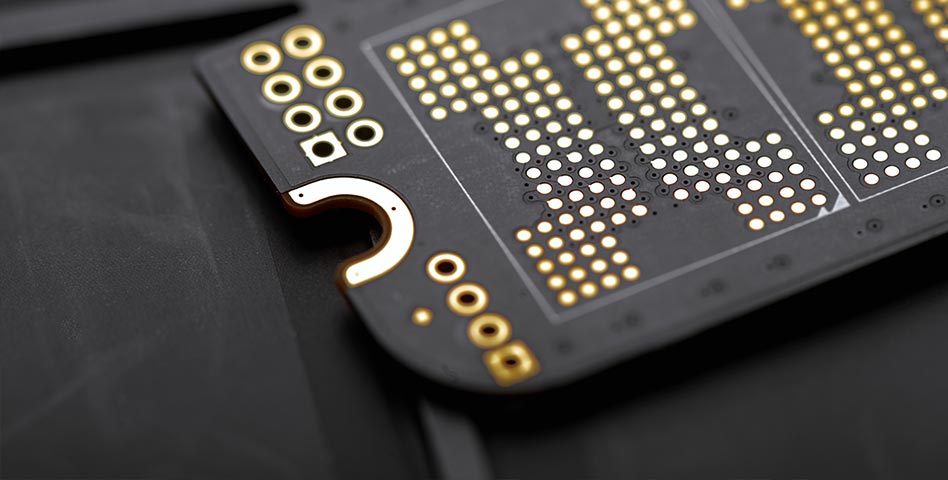Flash-based data storage devices, like solid-state drives (SSDs), are more difficult to completely and permanently erase than magnetic hard disk drives (HDDs). The way they store technology is different, and traditional methods that work on HDDs simply don’t provide complete data erasure for solid-state drives.
Older generation SSDs, such as Fusion-io PCIe cards are reaching end-of-life. As these are retired from use, it’s critical that they are securely erased as part of your disposition and decommissioning policies. Newer SSD drives, including non-volatile memory express (NVMe) drives, should also be addressed in policy. In each case, policies should specify which technologies are approved to securely erase data, whether this is done internally or outsourced.
“How to Securely Erase Different SSDs: NVMe, PCIe and More,” a white paper from Blancco Technology Group, addresses SSD data sanitization in greater detail, including:
- What SSDs require to access and perform permanent digital erasure
- What to look for when erasing SSD assets in active and inactive environments
- How to safely dispose of or redeploy different types of SSD drives and devices




